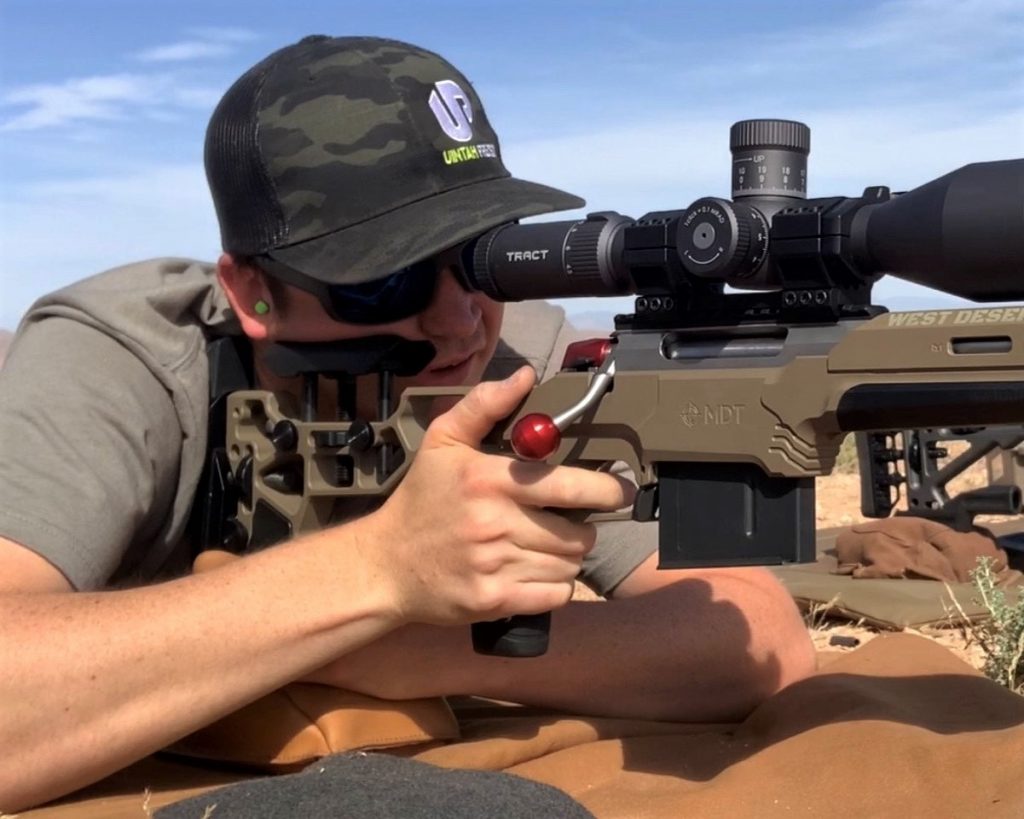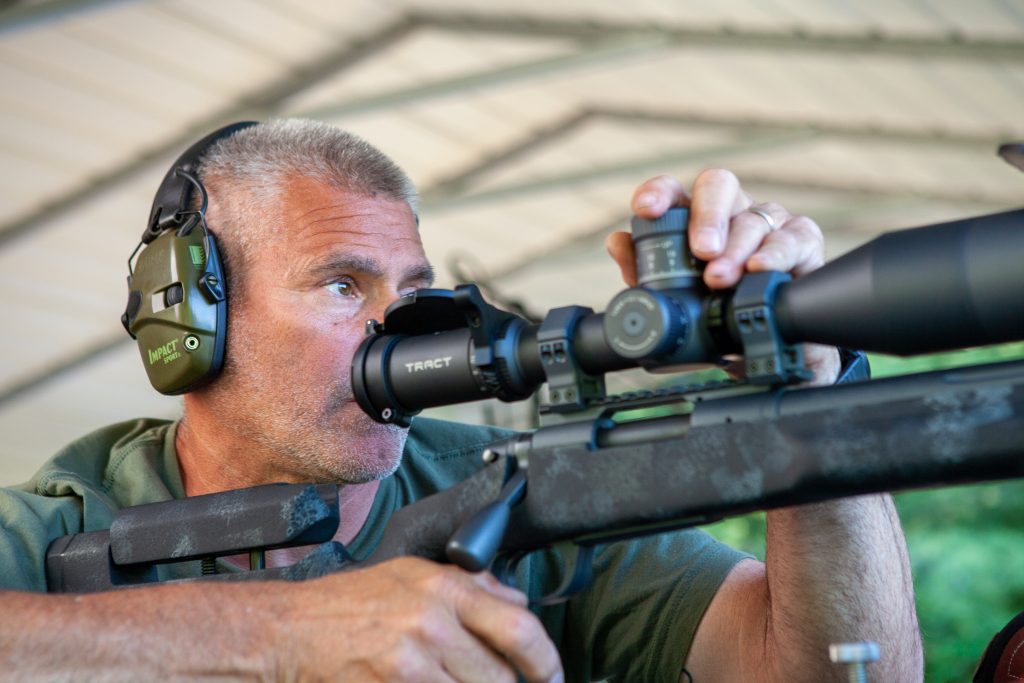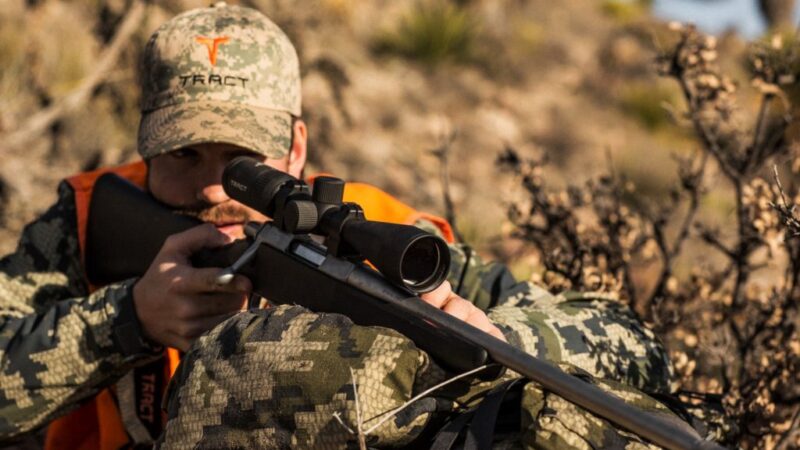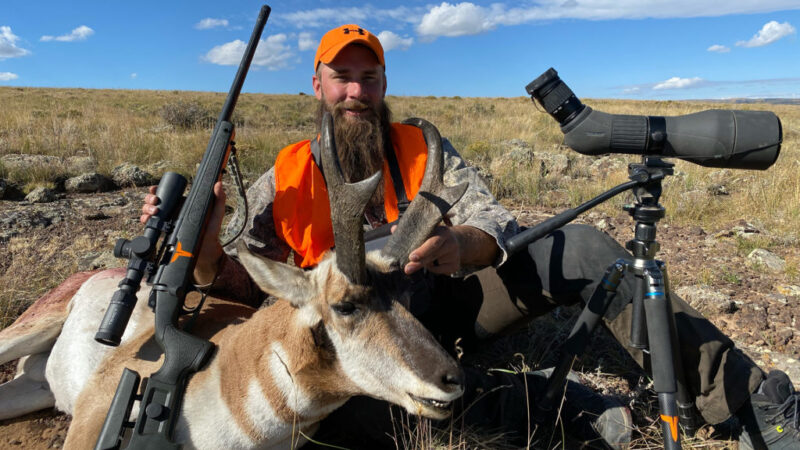What is Good Marksmanship?
What is Good Marksmanship?
What is Good Marksmanship?. Defining what is good marksmanship can hopefully help hunters and shooters further their skills from the range to the woods.
Anyone can shoot. But marksmanship is a skill in and of itself that turns the good to great. However, to realize the advantages of what it means to be a marksman will take you down a long road.

For sportsmen and women, better marksmanship ushers cleaner kills and extends ethical shooting distances. For competition shooters, improved marksmanship means more medals and trophies on the mantle. For hobbyists and gun enthusiasts, perhaps it’s more of the satisfying sound of lead ringing steel.
Primary Marksmanship Instructor
What is good marksmanship? In short, it is being great with your rifle. While accuracy is an obvious – and potentially the greatest – component of marksmanship, the definition is broader than tighter groups on paper. It also includes a familiarity with weapon and glass, powder and ball, and application of both book knowledge and instinct. While some instinct is God-given, a complementary part can be nurtured and developed overtime. Here are some ways to improve your marksmanship skills.
Cozy Up to Your Rifle
Comfortability and familiarity are critical ingredients of good marksmanship. It’s important for shooters to feel and move in unison with their weapon. Different rifles with the same specs will simply feel different when mounted, shot, and cycled. The right rifle will give you the same warm and fuzzy feeling as a perfectly fitting article of clothing.
We must learn the various functions of the rifle so it’s second nature when the money is on the line. Learn basic operations, such as how to take the safety off without causing a “click.” Become proficient reloading the rifle quickly and completely. Comfortability will also increase over time as you spend more time behind the gun.
Ace Your Optics
While the rifle may be the star of the show, the scope mounted on top is the engine that makes it run. It’s obviously important to understand how to properly operate your scope. But to truly stand out, a marksman needs to be able to use it on the fly.

Good shooters are able to estimate yardage without a rangefinder. This is done by judging the height or width of an object – a deer, for example – and knowing how many hashmarks on a scope equal those variations at different distances. If you can count the hashmarks and know which distance matches the number of hashmarks, you can estimate shot distance and give yourself the opportunity to pull the trigger faster than the next guy.
Another important skill is learning how to make shot adjustments without a DOPE card. Some BDC reticles estimate holds that are pre-tuned based on the speeds and weights of certain standard bullets. While this may not be the best way to shoot the most accurate groups, it can certainly be more effective when a shooter doesn’t have enough time to calculate and dial for a perfect shot or doesn’t want to miss a narrow shot opportunity.
Practice Efficiently. Marksmanship Principles
Good practice is tantamount for good marksmanship. Bad practice is a waste of time and money. The difference lies in the methods.
Shooters should master different fundamentals, such as breathing control and trigger pull, at the range. Not in the woods or at a competition. One way to improve the latter is to focus on a trigger follow through by holding the trigger after the shot. Good marksmen can also identify proper rest and know how to control their breathing to lessen the effects of muzzle sway while improving steadiness.

Once shooters and hunters master the fundamentals and are able to mindlessly deploy them, they should learn how to apply the same techniques in multiple positions. Since you likely won’t find a bench in the woods, practice shooting offhand, prone, sitting, kneeling, shooting over a pack, even utilizing the “hasty sling” method, to become even more proficient.
To truly understand the concept – what is good marksmanship – a rifle and shooter must become one. Hopefully, over time, the combination of natural instincts and practiced skills will unify. Then, you will know what it means to be a true marksman.
Read the entire Rifle Marksmanship Series:
Part 2 – Trigger Control Equals Success
Part 4 – Breathing Control Techniques
Part 5 – Key Elements of a Good Shooting Position











